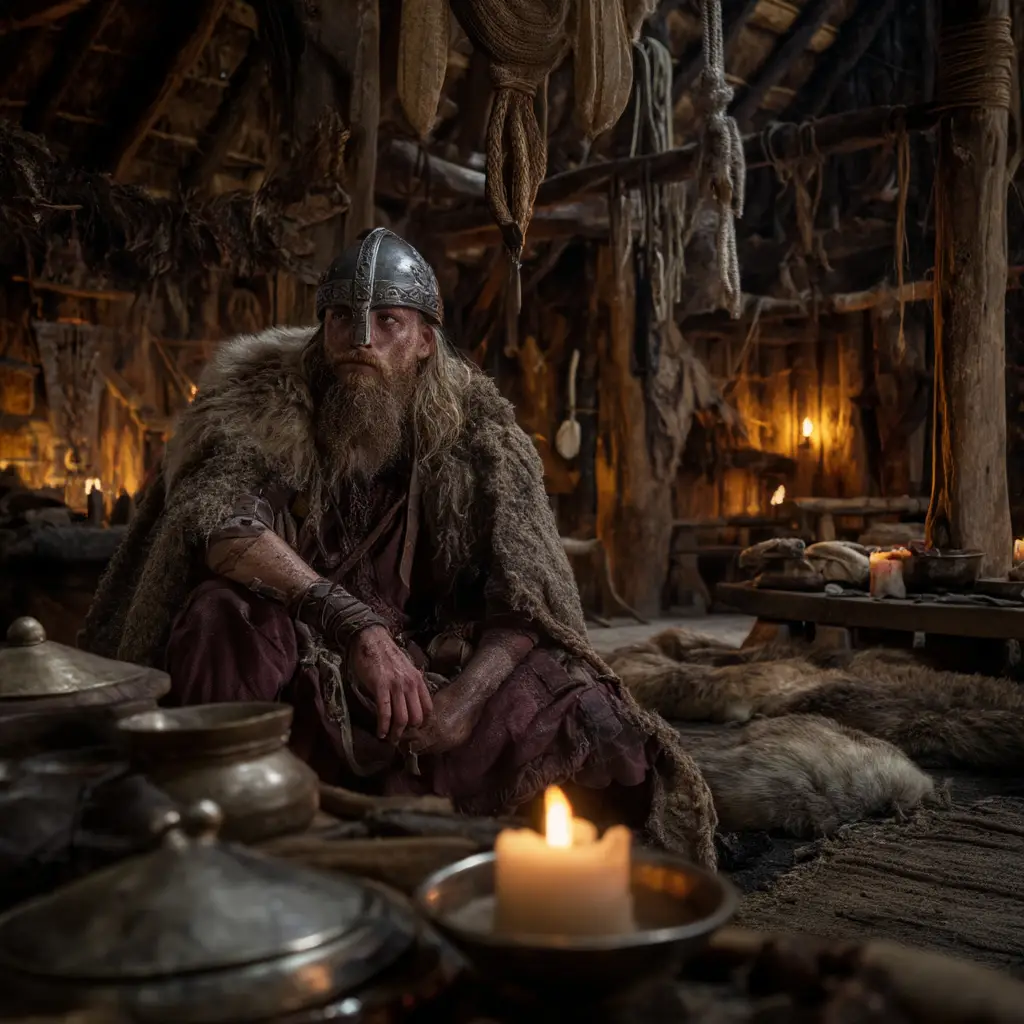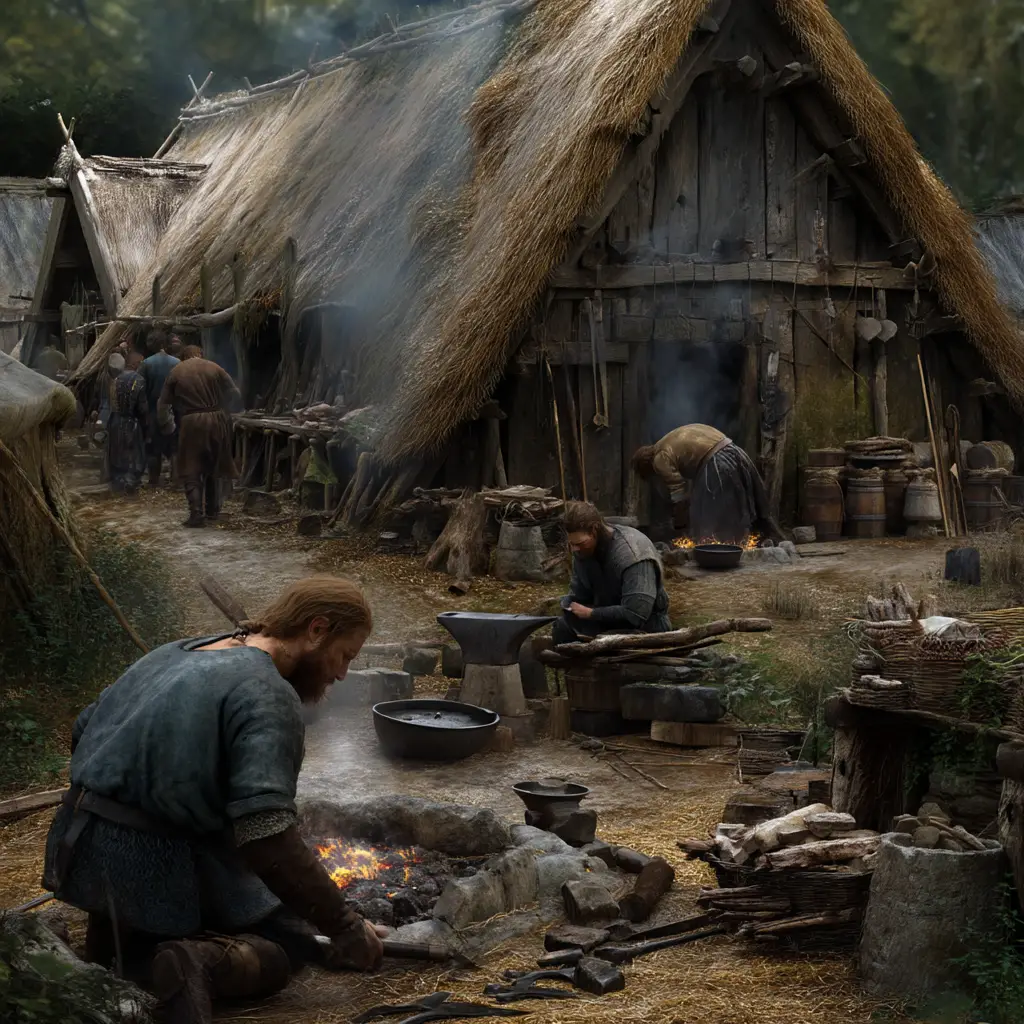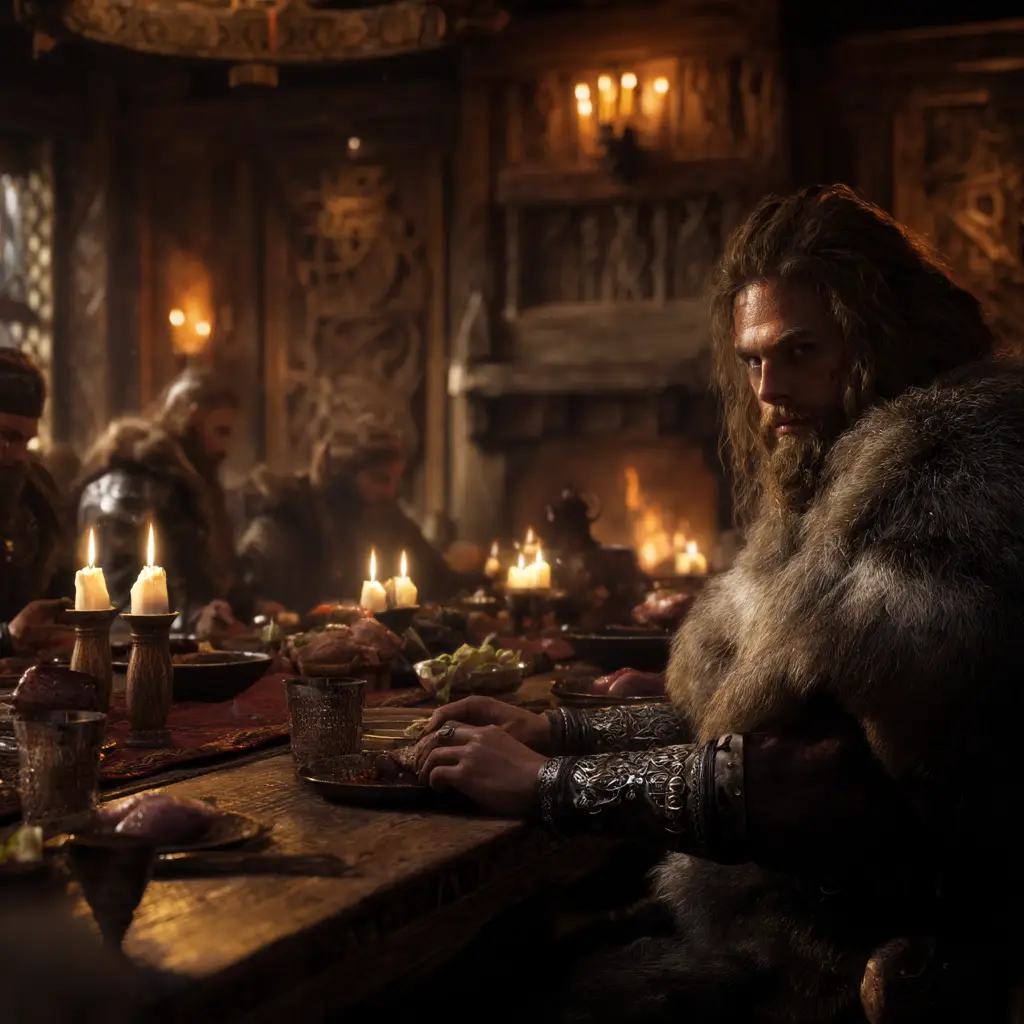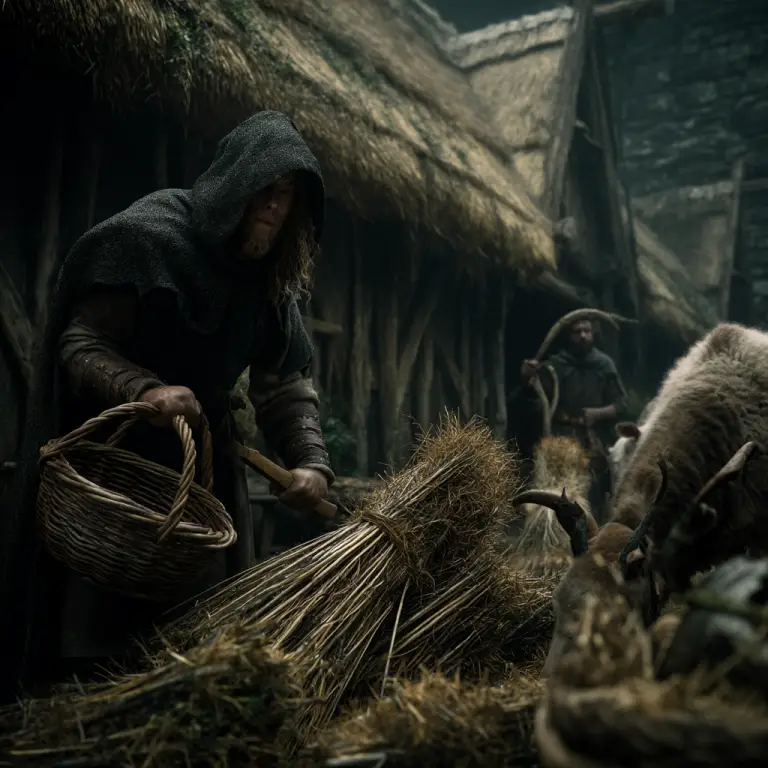Sure — here’s a detailed draft of website content on Viking classes written in clear, polished English:
Viking Social Classes
The Viking Age (c. 793–1066 CE) saw a society structured by a clear class system that shaped daily life, legal rights, and opportunities. While Viking society was less rigid than some medieval cultures, class distinctions still played a key role in defining status and influence. Here’s an overview of the main social groups:
Jarls (Nobles and Chieftains)
The jarls were the Viking elite — powerful nobles, landowners, and military leaders. They ruled over territories, commanded warriors, and held influence in local and regional politics.
Wealth and Power: Jarls owned large estates, ships, and livestock, and controlled trade and raids.
Role in Society: They led expeditions, settled disputes, hosted feasts, and ensured the well-being of their followers.
Appearance: Jarls displayed their status with fine clothing, jewellery, elaborate weapons, and well-decorated longhouses.
Legacy: Many jarls became legendary figures, and some rose to kingship.
Karls (Free Farmers, Craftsmen, and Traders)
The karls made up the backbone of Viking society. They were free men and women who worked as farmers, fishermen, craftsmen, merchants, and sailors.
Land and Work: Most karls owned or rented small farms, producing crops, raising animals, and engaging in seasonal trades.
Rights and Duties: They could bear arms, attend the local assembly (Thing), and were expected to join raids or defend their communities.
Social Mobility: Successful karls could increase their status through wealth, marriage, or heroic deeds.
Daily Life: Karls balanced agricultural work with trade, craftsmanship (like blacksmithing and boatbuilding), and participation in local affairs.
Thralls (Slaves and Servants)
At the bottom of the social ladder were the thralls, or slaves, who performed labour for free households and estates.
Origins: Thralls were often prisoners of war, captured during Viking raids, or born into slavery.
Work: They did farm labour, household chores, construction, and other manual tasks.
Legal Status: Thralls had limited rights but were protected by some laws; masters were punished for mistreating them excessively.
Freedom: In some cases, thralls could be freed (manumission) and become karls.
Women in Viking Society
While not a separate class, women’s roles crossed class boundaries and were vital to Viking life.
Noble Women: Wives of jarls managed estates, directed servants, and played political roles.
Free Women: Wives of karls worked the farm, raised children, produced textiles, and sometimes ran businesses.
Shieldmaidens: Though rare, some women took up arms and fought as warriors.
Legal Rights: Viking women could own property, initiate divorce, and claim inheritance, giving them more agency compared to women in many other medieval cultures.
Social Mobility and Reputation
Viking society valued reputation, bravery, and generosity, which sometimes allowed people to rise beyond their birth. A successful warrior, trader, or craftsman could gain wealth and prestige, while a jarl who failed in his duties might lose status and power. Honour was a driving force across all levels of society.



